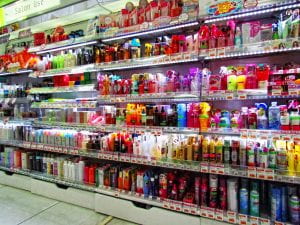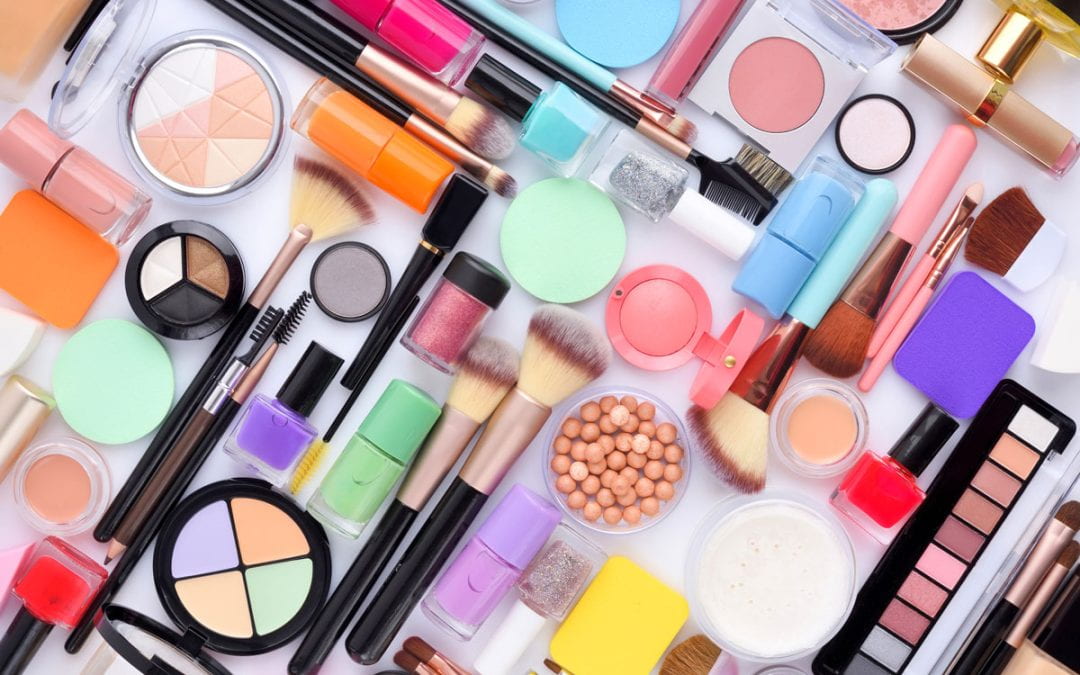Cosmetics are personal care products that many will admit they simply cannot live without. However, the products we use every day may have negative impacts on our health, both physical and mental, and on our environment. While other major product categories’ provisions have been revised since the enactment of the Federal Food, Drug, and Cosmetic (FD&C) Act in 1938, the provisions for cosmetics have remained mostly unchanged for the past 80 years. According to legal scholar Marie Boyd, “Cosmetics law and regulation has been deprioritized for many reasons, including as a result of differences in women’s usage of cosmetics, the longstanding and close association of cosmetics with femininity and women, and the debate among self-described feminists regarding cosmetics.” As a result, cosmetics regulations have not adequately protected people and the environment from various harms, resulting in disproportionate harm to women, especially women of color.[1] However, there have been recent changes in cosmetics regulation that expand the authority of the FDA, such as the Modernization of Cosmetics Regulation Act of 2022 (MoCRA). Before looking at the regulation of cosmetic products, it is most fitting to look at cosmetic use through an environmental justice lens.
What makes cosmetic use an environmental justice issue?
The beauty industry can be described as an “environmental injustice” because the industry is composed of systems of oppression, such as racism, sexism, and classism, that intersect with “racialized beauty practices, unequal chemical exposures, and adverse health outcomes.” The Committee on Health Care for Underserved Women of the American College of Obstetricians and Gynecologists found that “harmful environmental exposure is inequitably and unequally distributed, which leaves some populations, including underserved women, more vulnerable to adverse reproductive health effects than other populations.” Scientist Bhavna Shamasunder notes that, “[f]or women who live in already polluted neighborhoods, beauty product chemicals may add to their overall burden of exposures to toxic chemicals.”
Harms to Human Health
Consistent use of cosmetics means that users are exposed to environmental chemicals, as these products become part of the user’s everyday environment. There is growing concern about the presence of phthalates in consumer products because studies have found significant potential health concerns from the plastic components present in cosmetics products. Additional chemicals in personal care products can disrupt the human endocrine system and cause scalp burns, early puberty, premature delivery, and cancer. Women are at a higher risk than men of being harmed by cosmetics because studies have found that women’s bodies “store chemicals cumulatively more effectively than men’s bodies.”
Harms to the Environment
Cosmetics accumulate, causing harm to the environment. While cosmetics contribute to pollution in a variety of ways, packaging will be the focus here. Cosmetic packaging comes in all shapes and sizes, in tubes, bottles, tubs, wands, brushes, sponges, and compacts. Since cosmetics consist of such a wide variety of items, the packaging can be made of plastic, glass, metal, and paper. Approximately 70% of waste from the beauty industry comes from packaging. The Environmental Protection Agency (EPA) reported 82.2 million tons of packaging waste in 2018. Of this total waste, the cosmetics industry contributes approximately 120 billion units of packaging each year.

Where the Law Stands and Current Changes
There have been recent updates in cosmetics law. The Modernization of Cosmetics Regulation Act of 2022 (MoCRA), according to the FDA, “is the most significant expansion of FDA’s authority to regulate cosmetics since the Federal Food, Drug, and Cosmetic (FD&C) Act was passed in 1938.” Through MoCRA, the FDA now has new and expanded authority relating to records access, mandatory recall authority, adverse event reporting, facility registration, product listing, and safety substantiation.
Voluntary measures made by industry to practice business more sustainably can only help to prevent increased pollution. Federally, sustainable business practices within industry can be rewarded with incentives. With rising public outcry over both health and environmental concerns, it is no surprise that about 76% of shoppers prefer to buy products that are sustainably made. To keep up with consumer preference, cosmetics companies are rethinking their approach to packaging. Many cosmetic industry stakeholders around the world gather together for the annual Sustainable Cosmetics Summit to discuss “sustainability innovations, nature capital, social inclusion & equity, ESG [(environmental, social and governance)] in the beauty industry, … [and] green packaging alternatives to plastics for cosmetic & personal care products, etc.”
Recent advancements in federal cosmetics regulations are a movement in the right direction towards providing more protections for consumers. These advancements mean progress is being made to lessen the harms caused to women, especially women of color. To help combat environmental pollution caused by cosmetics, the industry is voluntarily taking steps to be more environmentally conscious. Viewing cosmetic use in the environmental justice context provides a more enriched understanding of how it impacts our lives and how effective its regulations are.
[1] It is important to recognize that the use of the phrasing of “women” in this article is meant to broadly capture the population that is female-presenting and hence the historic target of cosmetic marketing. As a result, this article acknowledges that factors of race, ethnicity, sexual orientation, and class intersect with women’s experiences and further emphasizes that this analysis of cosmetics on women must be multi-faceted.


I would not intuitively see the connection between EJ and the cosmetic industry.